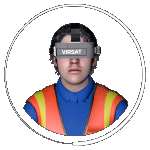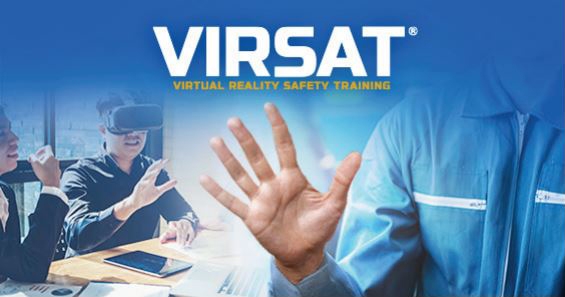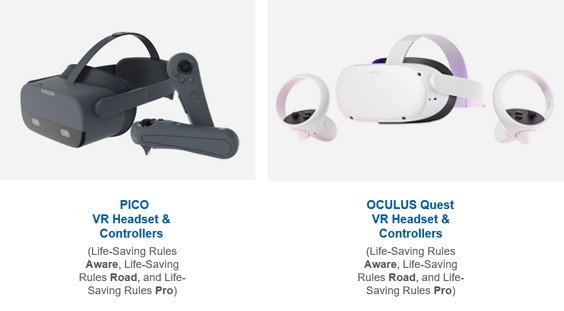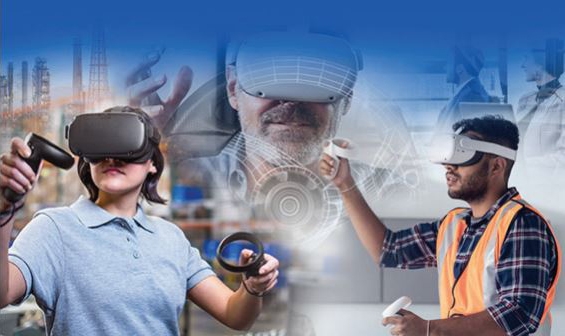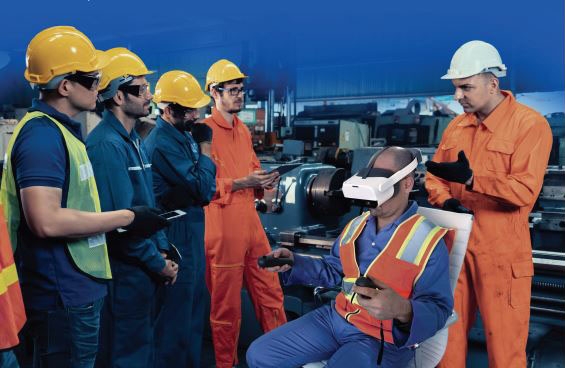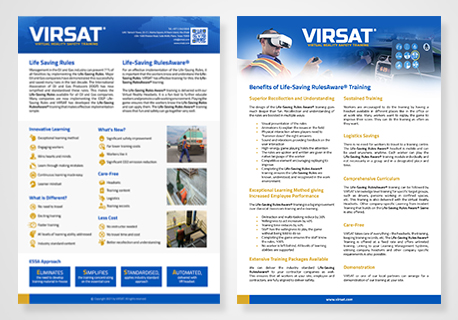5 Reasons Why Companies Should Consider VR as a Learning Tool
According to PWC [1], “Employers are facing a dilemma: Their workforce needs to learn new skills, upgrade existing capabilities, or complete compliance training, but may not be able to do so ‘in person’ given the current environment.”.
Yet, training is especially important when workers get less practical experience due to limitations in interpersonal contacts. So how can employers deal with the challenge? Virtual Reality (VR) training helps to address the challenges and is developing rapidly as an accelerated learning technique. As companies gear up to use VR, it is important to discuss a number of common unknown facts and questions about VR.
Question #1:
Is VR training only for a niche market and are VR headsets costly?
Answer #1
Up to 2019, VR used to be only for experts with costly and powerful PC and a studio to set up a VR environment. However, since 2019 VR training has moved quickly from a niche market to a cost effective tool that can be used to train many people. as advanced VR headset became available with current prices ranging from $400-$700 per headset. These headsets work “stand alone”, without the use of a PC or internet. Typical trademarks are Oculus Quest and Pico Neo series.
Question #2:
Is VR training only for a few people, like professionals or experts?
Answer #2
VR headsets are used heavily in the consumer market for gamers. Many people are now buying these headsets and play games. Also the professional market with serious games is developing rapidly. E.g. the Oculus Quest is selling millions of headsets to both consumer and business markets. Many people are now becoming accustomed to VR Headsets. They appreciate the ability to learn complex matters with smart games. Everybody, young or old, practical worker or office-based, can enjoy VR games and learn new skills.
Question #3:
What are the costs of VR training compared to classroom training?
Answer #3
There are many direct and indirect costs which impact the overall cost of a training. For classroom trainings, the direct costs of the lecturer and classroom might be of importance, but the indirect costs of “time away from work” and “travel expenses”, might be even more impacting the overall costs.
VR headsets offer the opportunity to deliver the training in various ways: train at the trainee’s worksite or at home. In fact, VR brings a private interactive cinema to the trainee. There are no lecturer costs. Initially, there might be a steward required to facilitate the logistics of the VR. Depending on the game/logistics, with one VR headset, employers can easily train 200-400 people in a month (e.g., half an hour one trainee).
Question #4:
What are the benefits of VR over e-learning?
Answer #4
In industry, e-learning is often referred to as the services via a website which teaches and helps students to improve in certain subjects. Research demonstrated [2] that VR, in comparison with e-learning, gives the trainees:
- 35% More confidence improvement to apply the course material
- 2-3 Times more emotional connectiveness to the course material
- 4 Times More Focus
This can be explained because VR provides the ability to practice in an immersive, low-stress environment, where less interruptions and distractions are occurring.
Question #5:
How can you monitor the progress of a VR gamer?
Answer #5
The trainee’s learning results can be stored in the Learning Management System. The VR headset has sensors and can monitor many aspects, like speed of reaction, outcome of tests, gamer’s eye position, hand positions, etc. Through these sensors many game aspects can be monitored – if required. This helps the trainee to understand his learning improvements, proficiency levels, etc.

